German for Children Activity Book 2 Program Audio CDs 1 Parents Audio CD
Brand New
Includes A Full Color Activity Book (80 pages)- A complete Language Course, A wide range of Activities, Games, French-language songs, the cartoon adventures of Superchat
Stimulating Program CDs - Numerous -activities drawn from the activity book, additional activities created especially for the CD, the songs for all the units, each exciting episode of Super-Katze.
Parents/Instructors CD - Tips for helping children get the most out of the program, Additional games and activities, All the program songs collected together, the adventures of Superchat read aloud.
Already a proven home-study program, the Language for Children series is making noise with this updated, integrated book-plus-audio edition. Along with its charming visuals and lively activities, the series now provides in CD format the stimulating sounds of language to entice preschoolers through primary graders into learning a second language. Cute, catchy songs and the humorous, serial adventures of SuperCat are sure to captivate the imagination and foster language acquisition. Each set in the series contains an 80-page full-color activity book coordinated with two 60-minute CDs as well as a Parent/Instructor CD packed with helpful tips.
Together children and parents can master basic language skills, including making introductions, counting from 1 to 20, and describing objects. The perfect package for parents and teachers who want to familiarize three- to nine-year olds with foreign languages and cultures. Published by McGraw-Hill

About the German Language
The German language is a West Germanic language and one of the world's major languages. German is closely related to and classified alongside English and Dutch. Around the world, German is spoken by ~100 million native speakers and also ~80 million non-native speakers, and Standard German is widely taught in schools and universities in Europe. Worldwide, German accounts for the most written translations into and from a language
In German linguistics, only the traditional regional varieties are called dialects, not the different varieties of standard German.
Standard German has originated not as a traditional dialect of a specific region, but as a written language. However, there are places where the traditional regional dialects have been replaced by standard German; this is the case in vast stretches of Northern Germany, but also in major cities in other parts of the country.
Standard German differs regionally, especially between German-speaking countries, especially in vocabulary, but also in some instances of pronunciation and even grammar and orthography. This variation must not be confused with the variation of local dialects. Even though the regional varieties of standard German are only to a certain degree influenced by the local dialects, they are very distinct. German is thus considered a pluricentric language.
In most regions, the speakers use a continuum of mixtures from more dialectical varieties to more standard varieties according to situation.
In the German-speaking parts of Switzerland, mixtures of dialect and standard are very seldom used, and the use of standard German is largely restricted to the written language. Therefore, this situation has been called a medial diglossia. Swiss Standard German is only spoken with people who do not understand the Swiss German dialects at all. It is expected to be used in school.
Standard German is the only official language in Liechtenstein and Austria; it shares official status in Germany (with Danish, Frisian and Sorbian as minority languages), Switzerland (with French, Italian and Romansch), Belgium (with Dutch and French) and Luxembourg (with French and Luxembourgish). It is used as a local official language in Italy (Province of Bolzano-Bozen), as well as in the cities of Sopron (Hungary), Krahule (Slovakia) and several cities in Romania. It is the official language (with Italian) of the Vatican Swiss Guard.
German has an officially recognized status as regional or auxiliary language in Denmark (South Jutland region), France (Alsace and Moselle regions), Italy (Gressoney valley), Namibia, Poland (Opole region), and Russia (Asowo and Halbstadt).
German is one of the 23 official languages of the European Union. It is the language with the largest number of native speakers in the European Union, and, shortly after English and long before French, the second-most spoken language in Europe. |
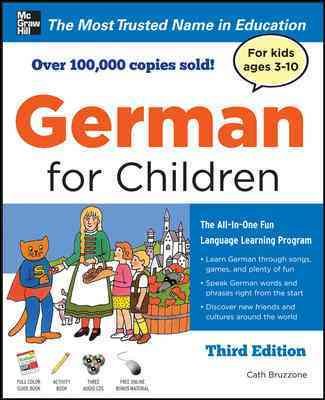


 0 Items (Empty)
0 Items (Empty)

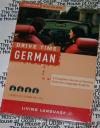
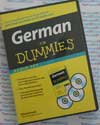
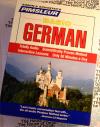
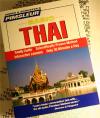

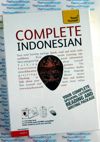
 (Custom).png)
